Join the discussion on this paper page.
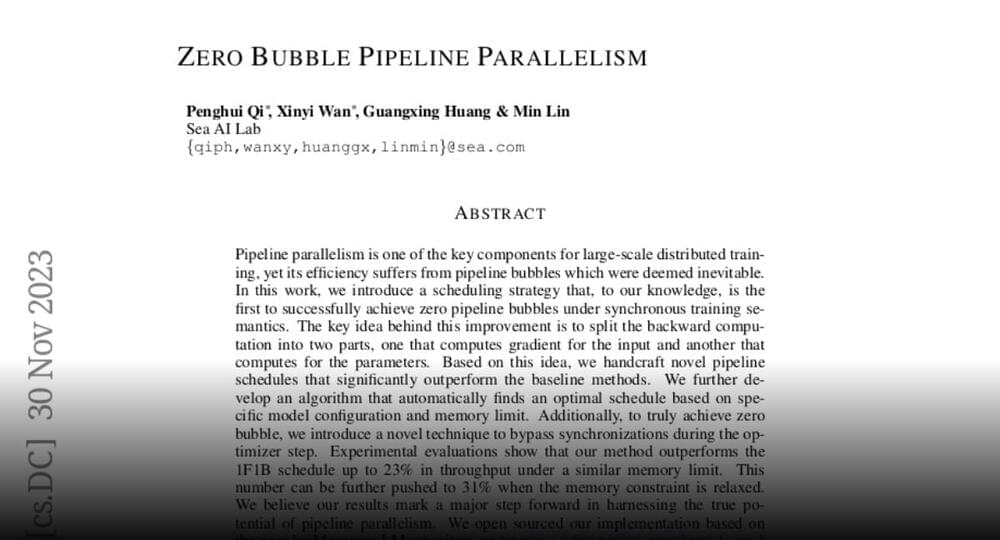

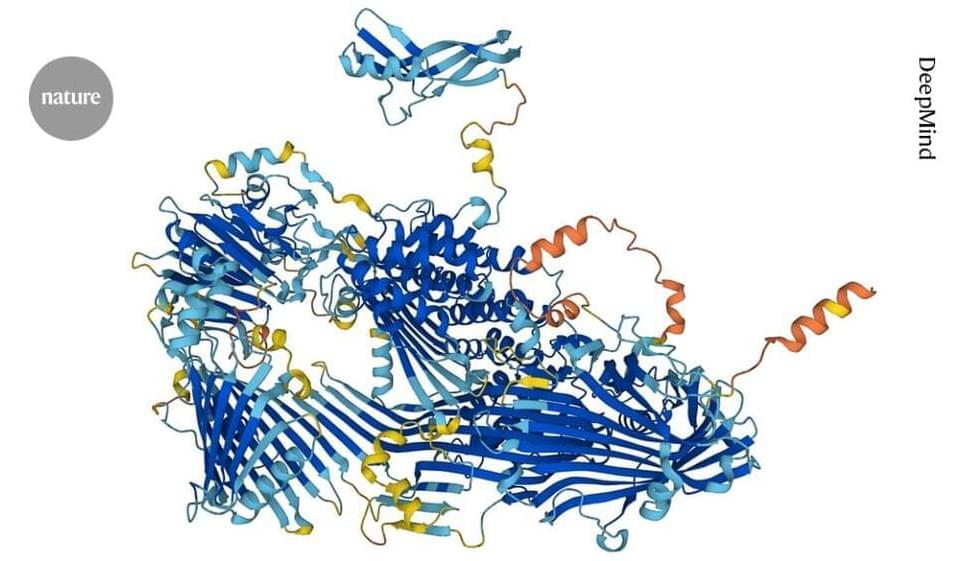
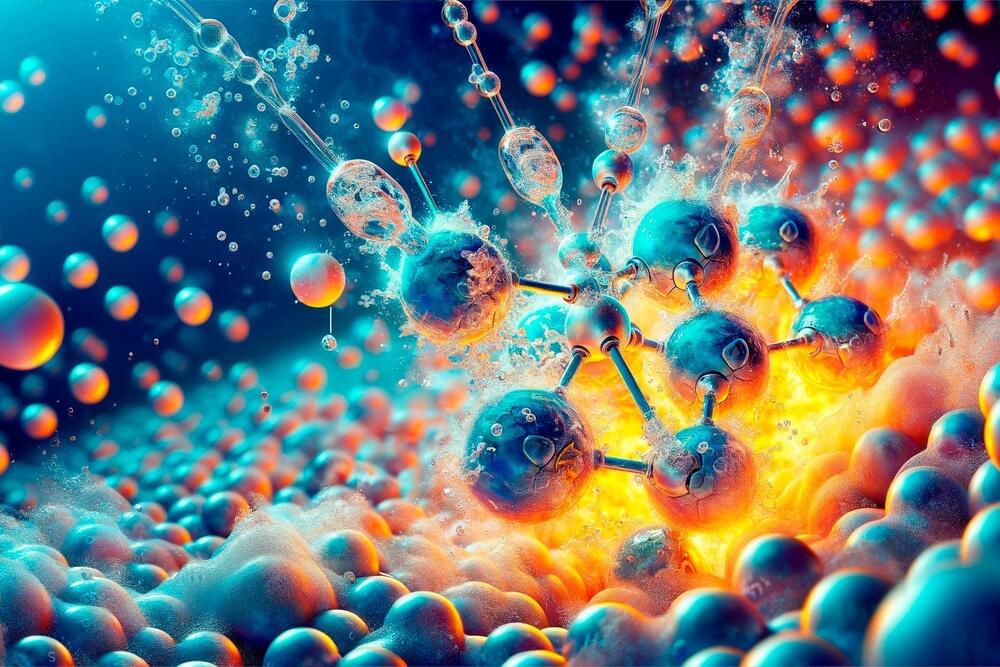
A stable, reactive, and cost-effective ruthenium catalyst for sustainable hydrogen production through proton exchange membrane water electrolysis.
Sustainable electrolysis for green hydrogen production is challenging, primarily due to the absence of efficient, low-cost, and stable catalysts for the oxygen evolution reaction in acidic solutions. A team of researchers has now developed a ruthenium catalyst by doping it with zinc, resulting in enhanced stability and reactivity compared to its commercial version. The proposed strategy can revolutionize hydrogen production by paving the way for next generation electrocatalysts that contribute to clean energy technologies.
Electrolysis and Catalyst Challenges.
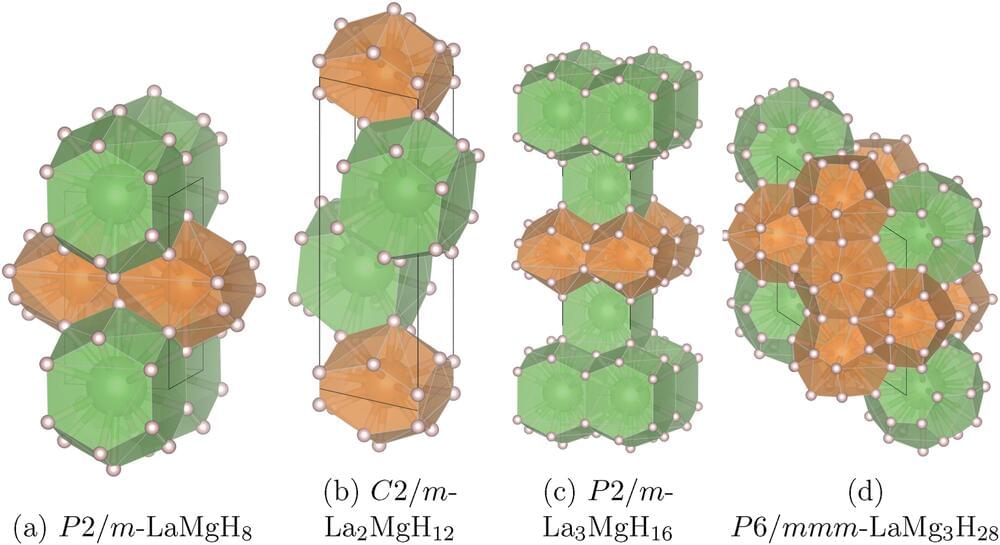
Skoltech researchers and their colleagues from MIPT and China’s Center for High Pressure Science and Technology Advanced Research have computationally explored the stability of the bizarre compounds of hydrogen, lanthanum, and magnesium that exist at very high pressures. In addition to matching the various three-element combinations to the conditions at which they are stable, the team discovered five completely new compounds of hydrogen and either magnesium or lanthanum only.
Published in Materials Today Physics, the study is part of the ongoing search for room-temperature superconductors, the discovery of which would have enormous consequences for power engineering, transportation, computers and more.
“In the previously unexplored system of hydrogen, lanthanum, and magnesium, we find LaMg3H28 to be the ‘warmest’ superconductor. It loses electrical resistance below −109°C, at about 2 million atmospheres—not a record, but not bad at all either,” the study’s principal investigator, Professor Artem R. Oganov of Skoltech, commented.
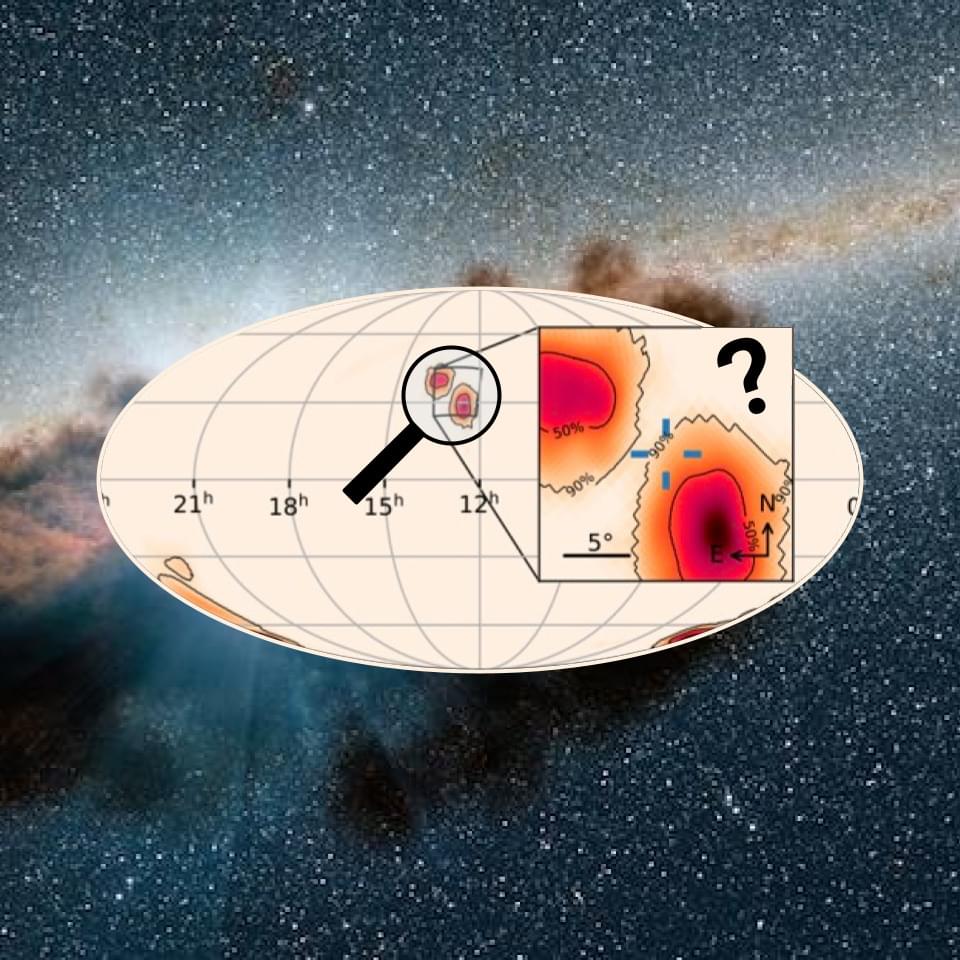

Your body’s cells use water to dissolve chemicals. It’s the same with all life on Earth. But could other fluids work as a solvent? A new paper reviews the potential for different liquid solvents to support life and proposes some surprising candidates, like liquid carbon dioxide, ammonia, and even concentrated sulfuric acid. Each of these solvents is liquid in dramatically different conditions, helping expand the possibilities for life as we don’t know it.
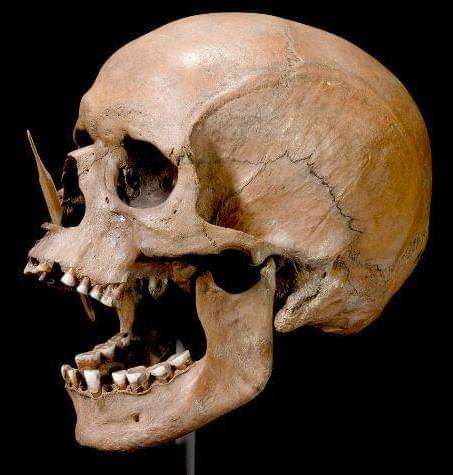
Originally published on Illumina News Center
Call it archaeology by other means. Rather than sifting through tons of dirt and carefully cataloguing human artifacts, Eske Willerslev and his colleagues have used Illumina NovaSeq Systems to sequence 5,000 ancient human genomes, revealing previously unseen historical nuance. This research tour de force, which is being published this month in four papers in the journal Nature, offers a rich view of early human migrations, mating habits, and disease variants, and their impact on modern Europeans.
“We wanted to sequence this ancient DNA so we could better understand human history,” says Willerslev, who is professor and director at the Centre of Excellence in GeoGenetics at the University of Copenhagen and the Prince Philip Professor of Ecology & Evolution at Cambridge University. “These results describe where we came from and why there’s so much variation in disease risk.”
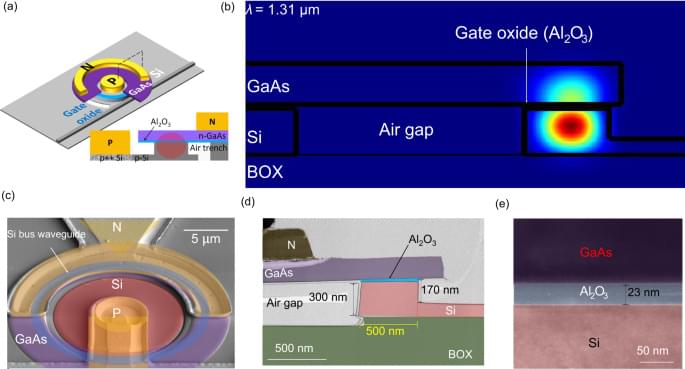
Photonic integrated circuits have grown as potential hardware for neural networks and quantum computing, yet the tuning speed and large power consumption limited the application. Here, authors introduce the memresonator, a memristor heterogeneously integrated with a microring resonator, as a non-volatile silicon photonic phase shifter to address these limitations.

Researchers have found that treating seeds with ethylene gas increases both their growth and stress tolerance. This discovery, involving enhanced photosynthesis and carbohydrate production in plants, offers a potential breakthrough in improving crop yields and resilience against environmental stressors.
Just like any other organism, plants can get stressed. Usually, it’s conditions like heat and drought that lead to this stress, and when they’re stressed, plants might not grow as large or produce as much. This can be a problem for farmers, so many scientists have tried genetically modifying plants to be more resilient.
However plants modified for higher crop yields tend to have a lower stress tolerance because they put more energy into growth than into protection against stresses. Similarly, improving the ability of plants to survive stress often results in plants that produce less because they put more energy into protection than into growth. This conundrum makes it difficult to improve crop production.